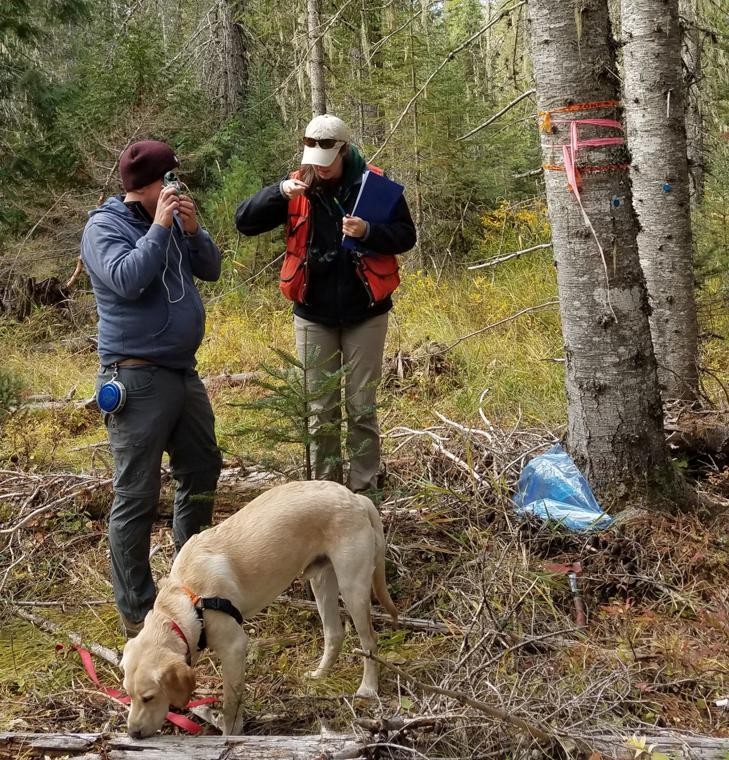Entomologists with the Idaho Department of Lands and the U.S. Forest Service spent this fall sampling selected trees for infestations of tiny wingless insects that can have devastating effects on fir stands in Idaho and the region.
The insects are called balsam woolly adelgids (BWA), and they are not native to the United States. Their feeding interrupts the tree’s ability to produce sapwood as it grows, causing chronic decline and eventual mortality.
Coupled with environmental stresses such as drought and fire, BWA infestations could dramatically affect forest composition in the Pacific Northwest. All true fir species are susceptible, but subalpine fir could suffer the greatest impacts in the region.
The data collected will help forest professionals understand how our forests will change with the presence of this invasive insect. Results will aid in predicting impacts in newly affected areas, help identify high-risk forest stands, and inform forest management efforts.
Evidence of BWA infestation includes swellings on branch twigs (called twig "gouting") caused by insect feeding, and the presence of tiny, white, fuzzy-looking adult BWAs on the bark. The waxy, wool-like threads they produce for protection cause the adults’ fuzzy appearance.
The BWA fieldwork this year is part of a long-term monitoring study to track the impacts of the insect as an infestation progresses. The IDL and USFS entomologists installed research plots in 2008, and forest health professionals have returned every five years to assess the health of trees within the plots.
In addition to the ongoing study in Idaho, entomologists serving Utah and Montana also installed new plots to begin tracking BWA effects as it spreads into those regions.
To help curb the spread of the insect, the public is encouraged not to move potentially infested firewood, nursery stock or logs.



